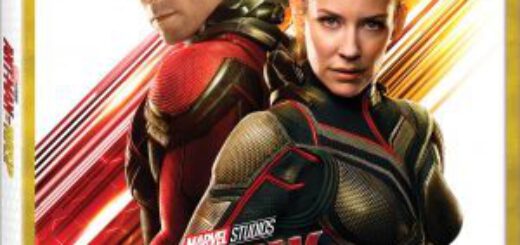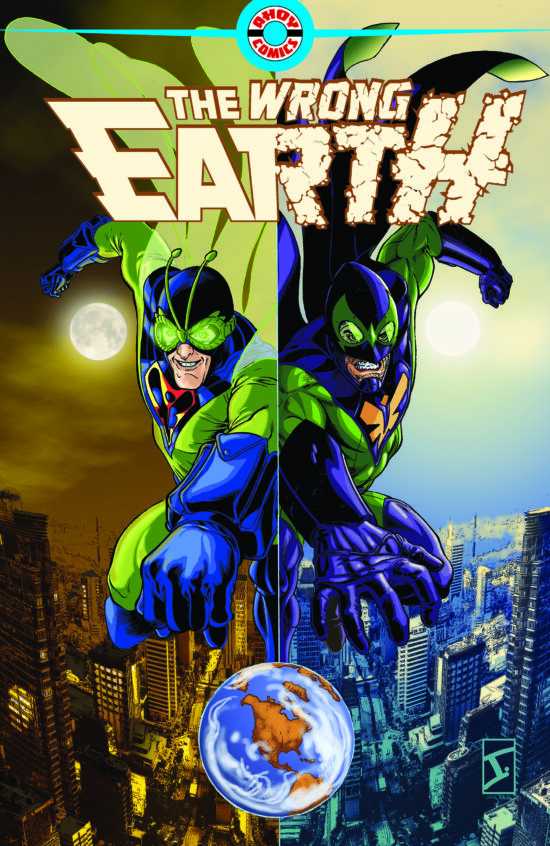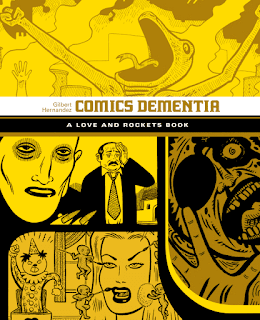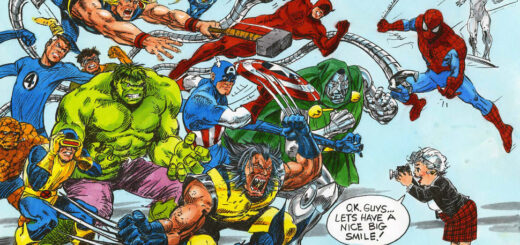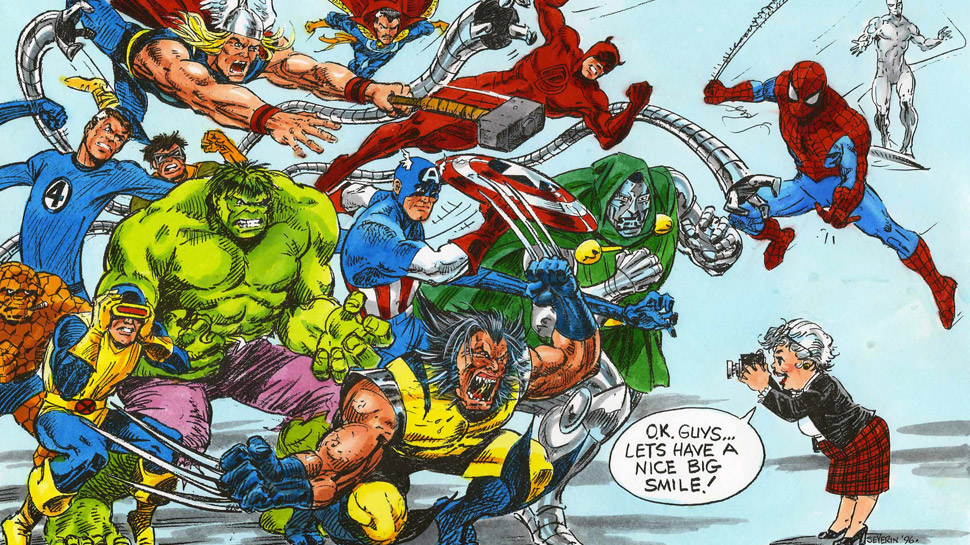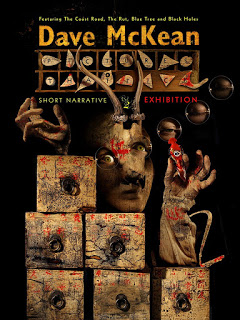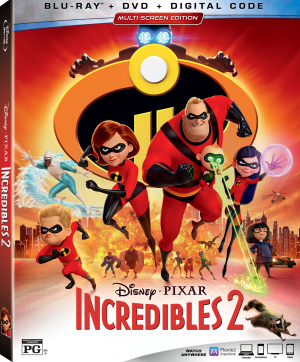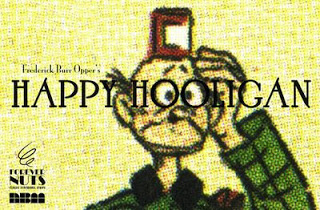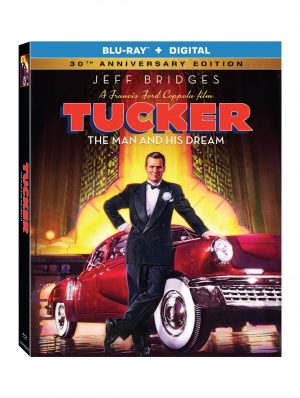Ant-Man and the Wasp Flies Home October 16
 BURBANK, Calif. (Sept. 10, 2018) — Moviegoers are still buzzing about Marvel Studios’ Ant-Man and The Wasp, the follow-up to 2015’s Ant-Man and the 20th consecutive Marvel Cinematic Universe film to debut at No. 1 opening weekend and ranked in the box office top 10 for six consecutive weeks this summer. On Oct. 2, fans can instantly watch the laugh-out-loud super hero adventure Digitally in HD and 4K Ultra HD™, and on Movies Anywhere; and on Oct. 16, take it home on Blu-ray™ and Blu-ray 4K Ultra HD™.
BURBANK, Calif. (Sept. 10, 2018) — Moviegoers are still buzzing about Marvel Studios’ Ant-Man and The Wasp, the follow-up to 2015’s Ant-Man and the 20th consecutive Marvel Cinematic Universe film to debut at No. 1 opening weekend and ranked in the box office top 10 for six consecutive weeks this summer. On Oct. 2, fans can instantly watch the laugh-out-loud super hero adventure Digitally in HD and 4K Ultra HD™, and on Movies Anywhere; and on Oct. 16, take it home on Blu-ray™ and Blu-ray 4K Ultra HD™.
Exclusive extras provide an inside look at some of Marvel Comics’ most celebrated characters and the consummate, comedic actors who portray them in Ant-Man and The Wasp. Featurettes spotlight Paul Rudd, who returns as good-hearted thief turned hero, Scott Lang, and delivers big laughs both on set and in theaters; Evangeline Lilly, who transforms into The Wasp, the first female character to be featured in the title treatment of a Marvel Studios film; and iconic actors Michael Douglas and Michelle Pfeiffer as super couple Hank and Janet Van Dyne. Viewers can explore more about the visual development artists and effects used to bring the characters to life and drastically alter the size of the Super Heroes and their surroundings. Additional extras include deleted scenes, bloopers, outtakes, and audio commentary by Ant-Man franchise director Peyton Reed.
Ant-Man and The Wasp comes packaged in several formats to best fit today’s varying consumer desires. Viewers can instantly bring home the film two weeks early on Digital SD/HD/4K Ultra HD and receive access to two exclusive features — including a clever commercial promoting a close-up look at the online magic school that FBI agent Jimmy Woo references to learn his card tricks and a 10 years of Marvel Studios featurette profiling the artists of the MCU — or they can purchase a physical copy of the film as either a Cinematic Universe Edition (4K Ultra HD, Blu-ray and Digital Code) or a Multi-Screen Edition (Blu-ray and Digital Code), granting the flexibility to watch the device of their choice.
BONUS MATERIAL (may vary by retailer):
Blu-ray & Digital:
- Director’s Intro by Peyton Reed – The talented creator behind some of Marvel Studios’ funniest and most charming films will invite home audiences deeper into the world of Ant-Man and The Wasp.
- Making-of Featurettes:
- Back in the Ant Suit: Scott Lang – Hero and all-star dad Scott Lang keeps the laughs coming for the audience, cast and crew.
- A Suit of Her Own: The Wasp – Highly trained Hope Van Dyne is now the Wasp. See how some of her craziest stunts and action-packed scenes were brought to life.
- Subatomic Super Heroes: Hank & Janet – Hank Pym’s wife Janet was lost in the quantum realm. Trace the legacy of these characters and the iconic actors who portray them.
- Quantum Perspective: The VFX and Production Design of Ant-Man and The Wasp – Explore the movie’s visual effects and production design from a whole new viewpoint, in which every micro and macro detail counts.
- Gag Reel and Outtakes – Audiences are treated to the hilarious quips that did not make the film as well as exclusive outtakes from Stan Lee and Tim Heidecker.
- Gag Reel – Join in the fun with these outtakes from the set.
- Stan Lee Outtakes – Stan Lee tries out a series of hilarious one-liners for the scene in which his car shrinks.
- Tim Heidecker Outtakes – Check out Whale Boat Captain Daniel Goobler and his improvised whale-watching riffs.
- Deleted Scenes (with commentary by Director Peyton Reed)
- Worlds Upon Worlds – As Janet leads Hank through the surreal landscape of the quantum realm, they encounter an intelligent life form.
- Sonny’s on the Trail – On the hunt for Hank Pym and his lab, Sonny Burch and his henchmen check the security camera of a neighborhood bookstore.
Digital Exclusives:
- 10 Years of Marvel Studios: The Art of the Marvel Cinematic Universe – See what it takes to bring the MCU to life, and the role concept artists play in bringing Super Heroes from comic book to screen.
- Online Close-Up Magic University – This commercial will inspire you to expand your mind and maximize your full potential!
In Ant-Man and The Wasp, Scott Lang is grappling with the consequences of his choices, as both the Super Hero Ant-Man and a father, in the aftermath of Captain America: Civil War. As he struggles to rebalance his home life with his responsibilities as Ant-Man, he’s confronted by Hope van Dyne and Dr. Hank Pym with an urgent new mission to rescue Janet van Dyne from the Quantum Realm. Scott must once again put on the suit and learn to fight alongside The Wasp, all while attempting to serve house arrest, assist fast talking-Luis (Michael Peña) and the X-con Security crew, and thwart the efforts of a new adversary called Ghost (Hannah John-Kamen) and her ally Bill Foster (Laurence Fishburne).
Ant-Man and The Wasp returns director Peyton Reed to the franchise and stars Paul Rudd (Captain America: Civil War, Knocked Up), Evangeline Lilly (The Hobbit: The Battle of the Five Armies, Lost), Michael Peña (The Martian, Fury), Walton Goggins (Vice Principals, Six), Bobby Cannavale (Vinyl, Chef), Judy Greer (War for the Planet of the Apes, Wilson), Tip “T.I.” Harris (Sleepless, Get Hard), David Dastmalchian (Twin Peaks, The Belko Experiment), Hannah John-Kamen (Black Mirror, Ready Player One), Abby Ryder Fortson (Togetherness, Transparent), Randall Park (Veep, Fresh Off the Boat), with Academy Award® nominee Michelle Pfeiffer (1993 best actress in a leading role nominee for Love Field), Academy Award nominee Laurence Fishburne (1994 best actor in a leading role nominee for What’s Love Got to Do with It) and Academy Award winner Michael Douglas (1988 best actor in a leading role winner for Wall Street).
Kevin Feige and Stephen Broussard produced the film with Louis D’Esposito, Victoria Alonso, Charles Newirth and Stan Lee serving as executive producers. Chris McKenna & Erik Sommers and Paul Rudd & Andrew Barrer & Gabriel Ferrari wrote the screenplay.
Peyton Reed’s creative team includes Academy Award®–nominated director of photography Dante Spinotti (2000 best cinematography nominee for The Insider); production designer Shepherd Frankel (Ant-Man, Bad Words”); editors Dan Lebental (Ant-Man, Spider-Man: Homecoming) and Craig Wood (Guardians of the Galaxy Vol. 2, The Great Wall); costume designer Louise Frogley (Spider-Man: Homecoming, The Finest Hours); two-time Academy Award nominee, visuals effects supervisor Stephane Ceretti (2017 best achievement in visual effects nominee for Doctor Strange); and eight-time Academy Award nominee, special effects supervisor Dan Sudick (2018 best achievement in visual effects nominee for Guardians of the Galaxy Vol. 2).
DISC SPECIFICATIONS (applies to film content only):
Product SKUs: 4K Cinematic Universe Edition (4K Ultra HD+Blu-ray+Digital Code), Multi-Screen Edition (Blu-ray+Digital Code), Digital UHD, HD, SD, DVD and On-Demand
Feature Run Time:Approximately 118 minutes
Rating: PG-13
Aspect Ratio: 2.39
Audio:
- UHD BD: English Dolby Atmos; Latin Spanish, French Parisian, German & Italian 7.1 Dolby Digital Plus; French Canadian 5.1 Dolby Digital; English Descriptive Audio 2.0 Dolby Digital
- Blu-ray: English 7.1 DTS-HDMA, Brazilian Portuguese, French and Spanish 5.1 Dolby Digital, English Descriptive Audio 2.0 Dolby Digital
- DVD: English, French and Spanish 5.1 Dolby Digital, English Descriptive Audio 2.0 Dolby Digital
- UHD Digital: English Dolby Atmos (some platforms), English 7.1 Dolby Digital Plus (some platforms), English 5.1 & 2.0 Dolby Digital, Latin Spanish 5.1 & 2.0 Dolby Digital, French 5.1 & 2.0 Dolby Digital, English Descriptive Audio 2.0 Dolby Digital
- HD Digital: English 7.1 Dolby Digital Plus (some platforms), English 5.1 & 2.0 Dolby Digital, Latin Spanish 5.1 & 2.0 Dolby Digital, French 5.1 & 2.0 Dolby Digital, English Descriptive Audio 2.0 Dolby Digital
- SD Digital: English 5.1 & 2.0 Dolby Digital, Latin Spanish 5.1 & 2.0 Dolby Digital, French 5.1 & 2.0 Dolby Digital, English Descriptive Audio 2.0 Dolby Digital
UHD Subtitles: English SDH, Latin Spanish, French Canadian, German, Italian, Dutch, Swedish, Traditional Chinese, Cantonese, Korean, Thai
BD Subtitles: English SDH, French Canadian, Latin Spanish, Brazilian Portuguese
DVD Subtitles: English SDH, French Canadian, Latin Spanish
Digital Subtitles: English SDH, French Canadian, Latin Spanish
Digital & DVD Captions: English

